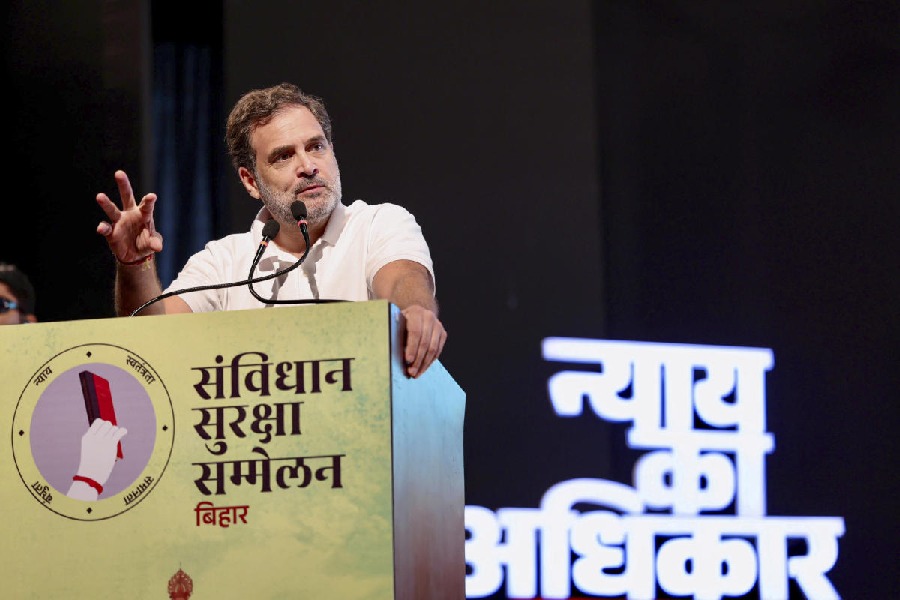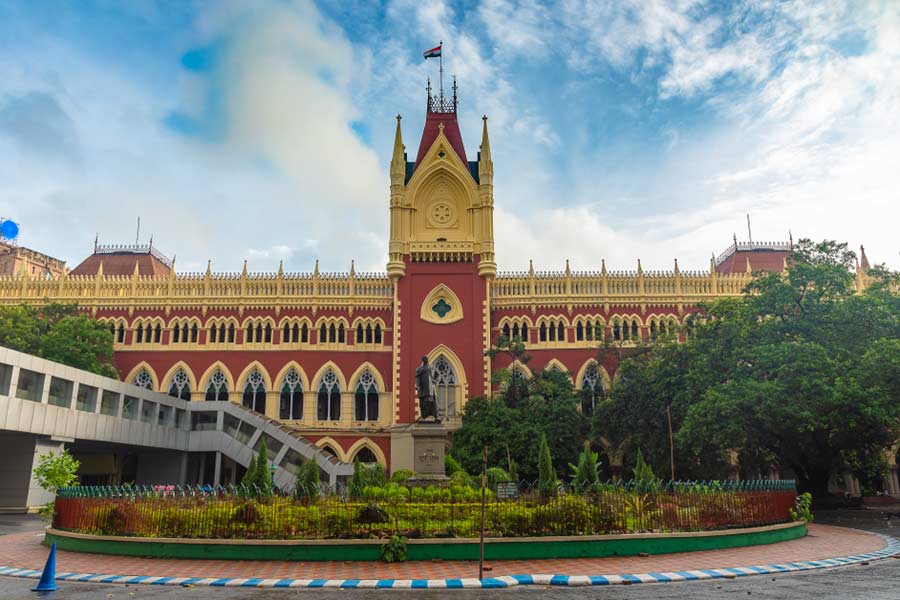 |
| Pathrode |
It was difficult to miss the media frenzy over actress Shilpa Shetty’s wedding. I had just one crib though. I could have done with some details on the wedding feast. Was it Punjabi — as the groom might have preferred — or Bunt food, as the Shettys, I am sure, would have liked? I was interested not because the Shetty wedding had me enthralled in any way. I just wanted to check out if the menu included any of the Bunt delicacies I had a few days earlier.
The Bunt community, as you would know, is a group that hails from Karnataka, especially from regions in Mangalore and Udipi. The Hindi film industry has been well represented by Bunts. Apart from Shetty, the first daughter-in-law of the industry, Aishwarya Rai Bachchan, is a Bunt.
My Bunt meal was at Fire at The Park in New Delhi. The menu was organised — and overseen — by a young Bangalore-based medico called Dr Sapna S. The good doctor had taken a sabbatical as she stayed at home and learned some great recipes from her mother-in-law. Then she went back to class and is now a full-time doctor — with clearly an abiding interest in the food of her community.
 |
| Melon rasayana |
The food, indeed, is something to be interested in. Since the Bunts are mostly a coastal community, the food is heavily influenced by the fruits and vegetables that you get in coastal areas, to say nothing of various kinds of seafood. Coconut milk and water figure prominently in the cuisine. I started with a drink called bonda juice, which was fresh coconut water churned with the tender pulp.
There is a Moplah influence on Bunt food too — which sometimes makes a dish seem like something out of Kerala cuisine. I ate an interesting jackfruit papad and a yam. The kotte mude, an idli steamed in a jackfruit leaf, is one of the Bunt staples. And just as the Malayalis enjoy their putta, the Bunts have something called pundi — which is a rice dumpling eaten at any time of the day.
Sapna tells me that the recipes are simple — and I believe that. The food was superb, but unlike the Mangalorean food that I have eaten in several restaurants that specialise in coastal food, it was not heavy. True, desi ghee figures rather prominently in its cuisine, but it leaves more of a fragrance than an oily feel. The food was spicy, no doubt. But the Bunts generally like to use whole spices, which give aroma to a dish but don’t overwhelm it with their flavours.
Take the bangude masala fry — grilled mackerel — or the yetti ghee roast — prawns with cashewnut and cooked in ghee. The methods are truly simple — and even the spices are the usual chilli powder and ginger-garlic paste. Quite a few recipes have jarige vote in them, which is something like kokum and gives a tart taste to a dish.
 |
| Jackfruit and other papads |
The Bunts, Sapna stresses, love their non-vegetarian food, but are especially fond of game. Porcupine, deer, wild boar — you name it, and they have it! The Park Bunt food festival had some delicious non-veg dishes (but not game, of course), and I particularly like the mamsatha sukka, or fried keema. Another very interesting dish was something called sawundu thethi — or an omelette in a spoon. Cooked in a special spoon, the egg was fluffy and made for a great appetiser.
What I enjoyed equally were the local vegetarian dishes such as pathrode — a fried colocasia leaf roll. Many of the Bunt vegetable dishes are cooked with lentils, as in many other parts of India. What I missed was a sweet dish that Sapna says the Bunts cook with turmeric leaves. The next time I am going to have a Bunt meal, I hope it will be a part of the menu. I, however, ate a great dessert called melon rasayana — which was a dish that consisted of musk melon pieces pureéd in coconut milk.
The community has another intriguing dish — and that’s the kori roti, or bread made out of rice flakes. The roti is thin, almost like a papad, and is served with anything from chicken and vegetables, or tharkari. And like elsewhere in the south, chutneys are always on the table — prepared with everything from brinjal to grapes.
 |
| Sawundu thethi |
What was disappointing, on the other hand, was the Bunt biryani — disappointing not because it wasn’t good, but because I didn’t find it very different from the Moplah biryani. But then the links with Kerala are strong. Bunts also come from the Kasaragod region in Kerala.
I am glad that Sapna has gone back to medicine — the world, after all, could do with another medico. But I hope the profession doesn’t keep her away from her other love — Bunt food. Let not medicine’s gain be a food-lover’s loss!
 |
Bangude masala fry
Ingredients (to serve 6)
12 mackerel l1tbs ginger-garlic paste l3tbs red chilli powder l2tbs raw onion paste ½ tbs turmeric l2tbs vinegar lBanana leaves to wrap the fish
Method
Mix the red chilli powder, vinegar, raw onion paste and ginger-garlic paste. Apply the mixed paste to the fish. Grill the fish on a hot plate or in a pan till it’s done. Cool and wrap the fish in a banana leaf and keep aside. Before serving, grill the mackerel wrapped in the leaf. Serve hot.
 |
Yetti ghee roast
Ingredients (to serve 6-10)
2kg prawns lSalt, to taste l3tbs red chilli powder ½ cup vinegar l2tbs cashewnut paste l1tbs onion paste l2tsp desi ghee l10gm soaked cashewnuts lCurry leaves, a sprig
Method
Mix onion paste, red chilli powder, vinegar and salt and marinate the prawns in this for an hour. Heat ghee in a pan, add the prawns and cook till they are done. Add the cashewnut paste and curry leaves and remove from the flame. Before serving, add the soaked cashewnuts.











